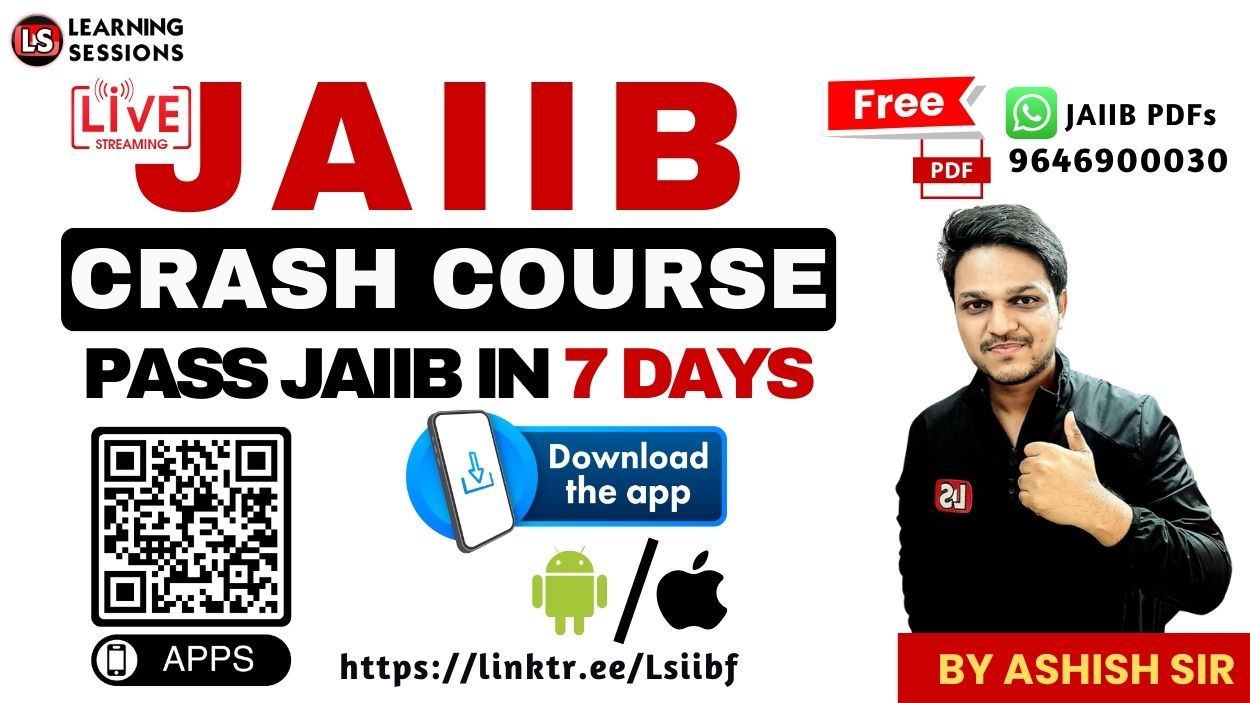Have you ever wondered how Goods and Services Tax (GST) works and why it was introduced? Understanding GST is crucial for banking professionals and JAIIB aspirants.
📚 JAIIB Study Resources 📚
👉 Check Here
👉 Check Here
👉 Check Here
👉 Get Tests Here
👉 Check Here
Who is this for?
- ✅ JAIIB & CAIIB aspirants
- ✅ Bankers preparing for internal promotions
- ✅ Finance & accounting professionals
- ✅ Business owners looking to understand GST compliance
👉 Watch the full video and don’t forget to comment with your questions!
Before we dive in, watch this video for a complete breakdown:
What is GST? Understanding the Basics
GST is an indirect tax that replaced multiple state and central taxes in India. Implemented on 1st July 2017, it introduced a uniform tax structure across the country.
Why GST? (Pre-2017 Tax System)
- Excise Duty (on manufacturing)
- VAT (on sales within the state)
- CST (on interstate sales)
- Service Tax (on services)
- Import-Export Duties
Types of GST & Tax Structure
- CGST (Central GST) – Collected by the central government for intra-state transactions.
- SGST (State GST) – Collected by the state government for intra-state transactions.
- IGST (Integrated GST) – Collected by the central government for interstate transactions.
- UTGST (Union Territory GST) – Applicable for Union Territories.
GST in Banking & Financial Services
- No More Centralized Registration – Banks must register in every state they operate.
- GST on Service Fees – Loan processing fees, ATM charges, and credit card transactions attract 18% GST.
- Inter-branch Transactions Taxable – Transactions between branches in different states are now considered taxable supplies.
Case Study: Reverse Charge Mechanism (RCM)
Under RCM, the liability to pay GST shifts from the supplier to the recipient. Example:
- ✅ XYZ Enterprises (registered) purchases goods from ABC Metals (unregistered supplier).
- ✅ Normally, ABC Metals would collect GST from XYZ Enterprises.
- ✅ But since ABC Metals is unregistered, XYZ Enterprises must self-pay GST under RCM.
https://learningsessions.in/jaiib-2025-advance-financial-management-chapter-29-module-d-free-epdf/
Downloading PDF Notes 📥
Want a quick revision of GST? Download the PDF for future reference!
Conclusion
GST has simplified India’s tax system, bringing transparency, uniformity, and efficiency. If you’re preparing for JAIIB or working in banking, understanding GST is essential.
🔥 Key Takeaways:
- ✅ GST is a destination-based tax.
- ✅ ITC reduces the tax burden.
- ✅ Banks & financial services attract 18% GST.
- ✅ Reverse Charge Mechanism shifts tax liability.
- ✅ GST return filing is mandatory for registered businesses.
👉 What do you think about GST? Comment below with your questions!







